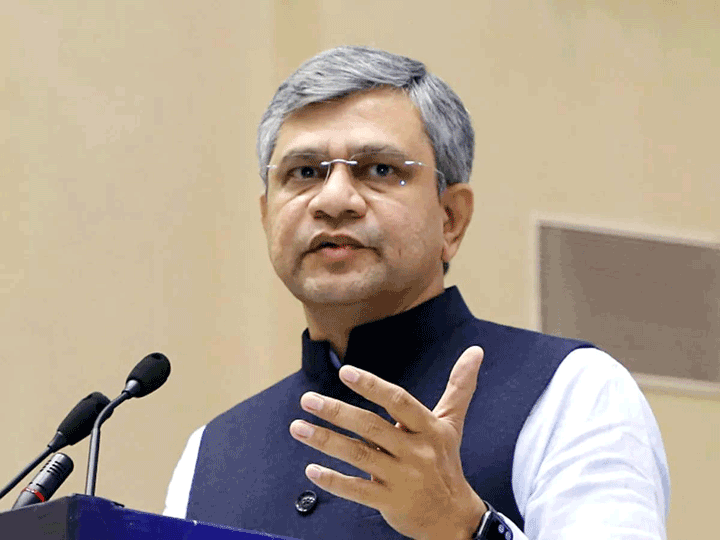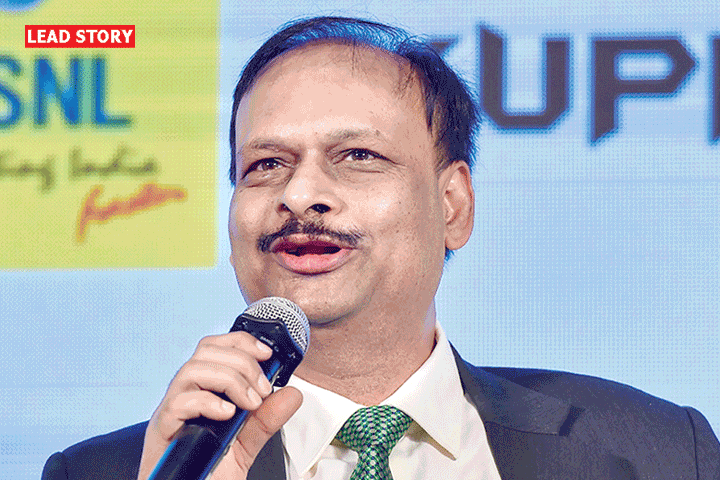DoT mulls leasing out BSNL fibre network
The Department of Telecommunications (DoT) is planning to lease out state-controlled Bharat Sanchar Nigam Limited’s (BSNL) fibre-based network spread over 8 lakh route kilometres aimed to bring in healthy cash flow to further bear capital and operational investments
The department, according to an industry source, is contemplating to open up dark fibre, owned and operated by the fourth-largest telco that could fetch working capital as well as fund voluntary retirement scheme (VRS), following a proposal made last month.
The VRS scheme for BSNL employees attaining 50 years of age, would require as much as Rs 6,500 crores.
The proposal submitted to the Minister of State for Communications Sanjay Shamrao Dhotre, seen by ETT suggested “sale and leaseback model” for funding Capex.
“InvITs is one way to do this transaction. Direct sales and full or partial lease back from infrastructure fund which can pool fibre assets from other companies also as well as from BharatNet can be another way,” the proposal read.
Infrastructure investment trusts or InvITs are the trusts that manage income-generating infrastructure and allows participation from institutional as well as individual investors.
The department is also expected to engage in exploratory discussions with the London and New York-based fund managers, according to the person aware of the matter.
Recently, private sector rivals such as Vodafone Idea and Bharti Airtel proposed a combined optic fibre network entity into InvIT to reduce debt and free up cash, following billionaire Mukesh Ambani-owned Jio’s efforts to monetise its pan India optic fibre assets to deleverage its balance sheet.
The Airtel-Vodafone Idea optic fibre entity is valued at Rs 35,000-40,000 crore with Vodafone Idea having 156,000 route kilometres of fibre and Bharti Airtel’s 246,000 kilometres which together is likely to create a stronger network to take on arch-rival Jio’s 300,000 kilometres of fibre base.
BSNL’s fibre assets valuation is pegged at Rs 54,000 crores according to the PHD Chamber of Commerce and Industry, Telecom Equipment Manufacturing Association (Tema) and Telecom Equipment Promotion Council (Tepc) joint study.
Separately, the BSNL Board is also working on to finalise contours to lease out fibre assets, and that according to telco’s top official, would be one of the focus areas that would lessen additional financial burden incurred to maintain huge fibre network.
BSNL assets, according to the proposal, were grossly underutilised and fibre assets on many routes can be shared with private players to generate additional revenue.
Besides incumbent telcos, which are trying to augment their fibre network ahead of ambitious 5G launch in India, BSNL may attract firms such as Blackstone Group with $450 billion strong fund and Brookfield’s with $350 billion reserve under their management.
“Companies worldwide have a huge appetite for infrastructure assets in developing countries like India, and major national and international infrastructure funds, sovereign funds and pension funds may see it as a lucrative business,” Tepc vice chairman Sandeep Aggarwal told ETT.
With the monetisation of fibre assets, the public-owned telco can earn up to Rs 30,000 crores annually from “dormant” assets according to Aggarwal that according to him can be used to add new assets and expand infrastructure.
With the next generation of technology is around the corner, India’s fibre base if expanded at a current rate would typically take a decade to deploy 10 million of route kilometres of optic fibre.
ICRA, a credit ratings agency estimates that the fiber rollout over the next few years would require investments of up to Rs 3 lakh crore and sharing of fiber among multiple telcos would be the driver for a reasonable return on capital.
In 2018, China has already deployed more than 25 million route kilometres of optic fibre to reinforce the high-speed 5G network.
However, the government has already recognised fibre base as strategically crucial for a high-speed data network and has put a huge thrust to increase it to fivefold by 2022 from the current 1.5 lakh kilometres.











